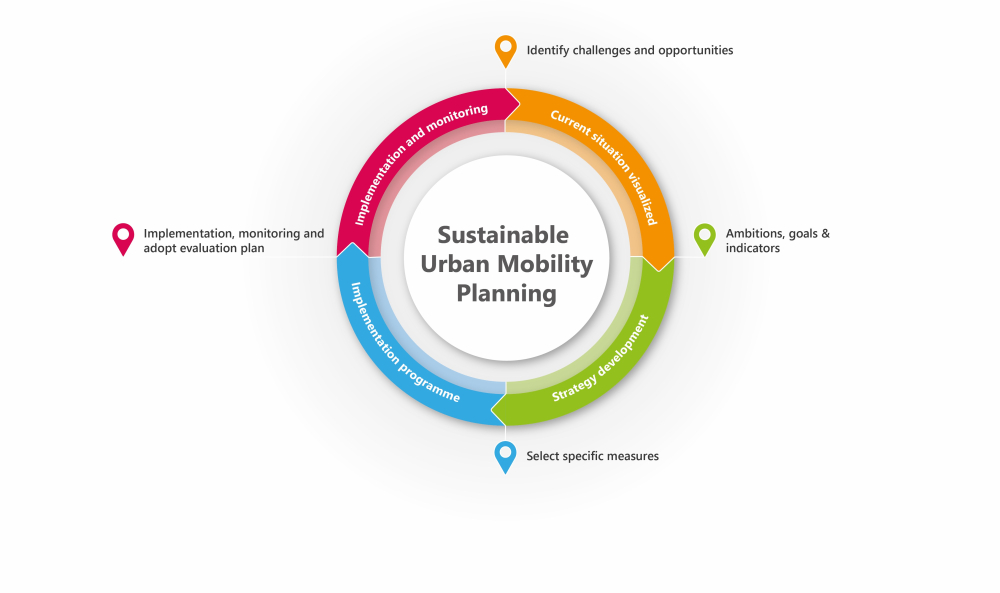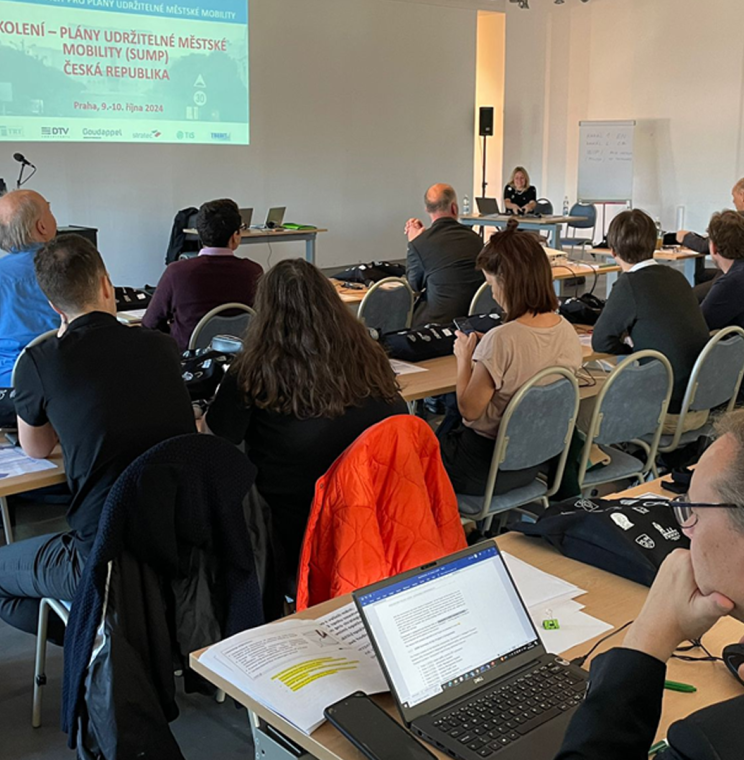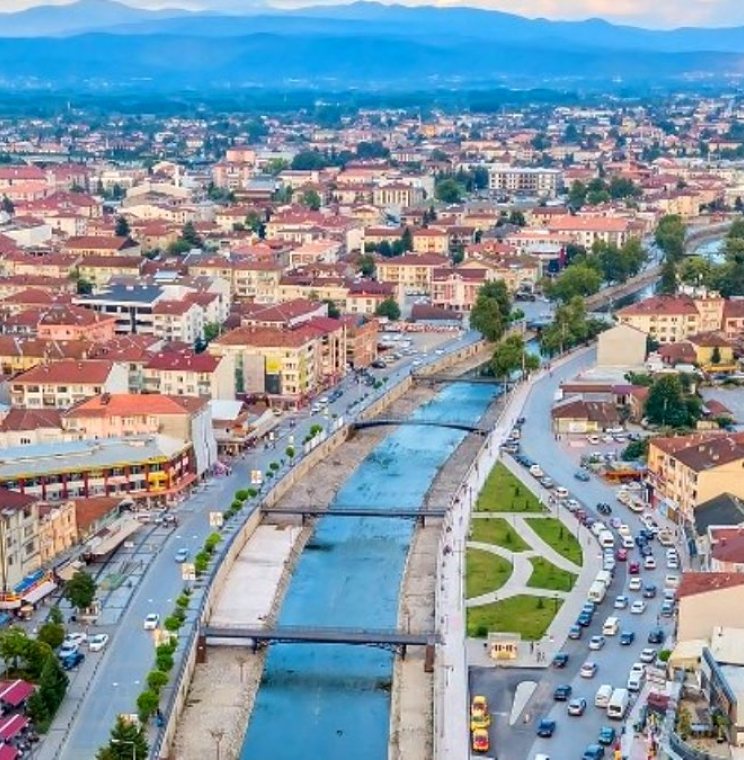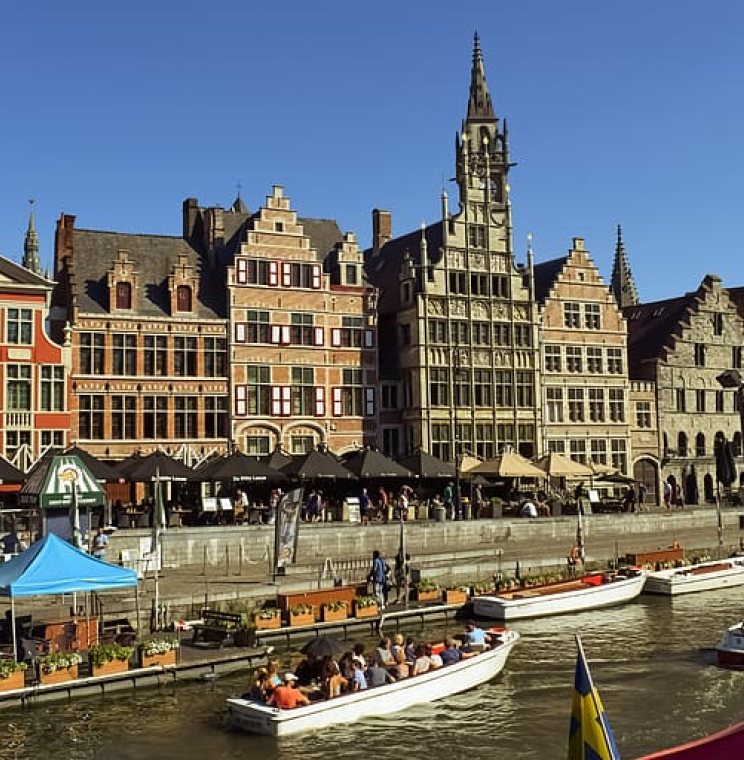Working together on Sustainable Urban Mobility Plans

With the European Green Deal, the EU strives to be a frontrunner in tackling global climate issues. Under new legislation - coming into force as of 31 December 2027 - 431 cities and regions located on the European transport network (TEN-T) will need to have a Sustainable Urban Mobility Plan (SUMP) in place, i.e. a strategic mobility plan designed to improve sustainable mobility. The process of developing a SUMP takes time and requires not only technical expertise but also an understanding of the local situation. As experienced mobility experts, we are perfectly positioned to help develop and implement international SUMP projects.
The importance of international collaboration for SUMPs
One of the key objectives of a SUMP is to achieve a clear, integrated approach to urban mobility issues in accordance with EU legislation. Focusing on sustainable mobility, SUMPs contribute to road safety, accessibility, and quality of life in towns and cities.
The process of developing a SUMP is complex, requiring expertise from a variety of fields, such as urban planning, mobility planning, climate, and logistics. Participation, monitoring and evaluation are also key elements of a SUMP, and it is also advantageous to have expert advice available on how to acquire or utilise EU funding to carry out projects once a SUMP is in place. Knowledge of the local situation is of course a must. Effective development and implementation of a SUMP will greatly benefit from international collaboration.

As experienced mobility experts, we will be happy to work with you on developing a SUMP. Check out below how we can help you navigate the different stages of the project.
How we can help you develop a SUMP
Financial support
Some EU countries offer funding for drafting a SUMP. Municipalities with a SUMP may also be eligible for European funding for the implementation of mobility related projects. At Goudappel, we are in touch with organisations that specialise in these opportunities.
Why we are the right partner for you when developing a SUMP
- Depth of experience: The Netherlands has a long tradition of urban planning and integrated mobility planning. Over the 60 years of our history, Goudappel has made a significant contribution to mobility in the Netherlands. As leading consultants in the Dutch mobility market, we have delivered more than 40 mobility plans and visions over the past five years. Our mobility expertise is also highly appreciated outside the Netherlands – with several international mobility plans being put in place in Flanders and Turkey for example.
- Member of an international network: Goudappel is a member of an international network of partners working together to make cities more sustainable. The Dutch expertise we bring to international projects provides a different perspective and adds value.
- In-house international experts: Our 250+ staff includes more than 20 international experts. They are not only comfortable working in an international setting but, coming from a variety of countries, also bring a wealth of language skills.
- Flexibility: Being part of an international network means we are used to taking on a variety of roles. Sometimes we are asked to provide technical expertise on cycling for example. At other times, we are responsible for preparing an implementation programme. Whatever the query is, we are extremely flexible and happy to work with other consultants on a SUMP project.
- SUMP expert: Our sustainable mobility expertise covers all fields and disciplines involved in a SUMP project. We are also currently involved in an EU project focusing on SUMP training and capacity building. This means that we are fully familiar with the SUMP guidelines and the requirements that a SUMP must meet, and know how to translate these into appropriate indicators.
- Knowledge of the process: Aside from being technical experts, we are also familiar with the SUMP process and monitoring. Our knowledge of what is needed to successfully implement a SUMP is unrivalled.



